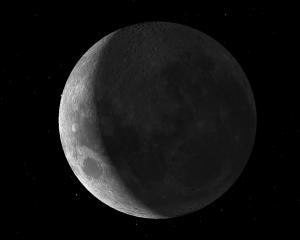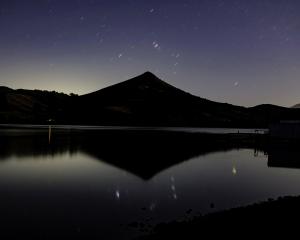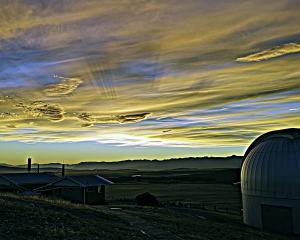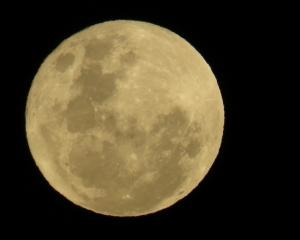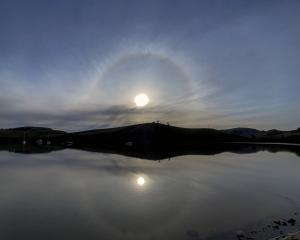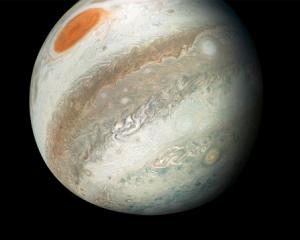Over the past week, beautifully clear skies across Southern New Zealand have made for some great stargazing.
Last weekend, warm, calm conditions provided memorable astronomical moments, including a genuinely fantastic aurora on Saturday which I hope many readers got to enjoy.
The moon reaches first quarter on Friday. This means that the early part of the night will feature bright moonlight. However, don't let that put you off heading out for some astronomical enjoyment as there is certainly lots to explore in the sky over the next few nights.
This week I'd like to draw your attention to what promises to be a stunning celestial scene in the western sky in the early hours of Saturday morning. The moon will be 53% illuminated. Just over three degrees to the left of our closest celestial neighbour, you should easily be able to spot the bright planet Jupiter. On Saturday, the moon will be only 385,000km from us, while our solar system's largest planet will be more than 760 million km away.
Once you have found Jupiter, cast your gaze to the left a little. If the sky is clear, you will see the orange star Antares, the brightest star in the constellation of Scorpius, the Scorpion. While the moon and Jupiter are relatively close to us, Antares is much farther away. The light you see when you look at this star began its cosmic journey to your eyes approximately 550 years ago!
This time of year, the constellation Scorpius stands almost vertical in the sky after midnight. Once you have found Antares, be sure to look upwards and trace the sting of the Scorpion, which wraps around some lovely star clouds near the centre of the Milky Way. Rather than seeing a sting, Polynesian explorers thought this part of the sky resembled a fish hook. They used its changing position relative to the horizon as a powerful navigational tool.
To the right of the sting, the familiar ''teapot''-shaped constellation of Sagittarius has been joined by the planet Saturn.
-By Ian Girffin




